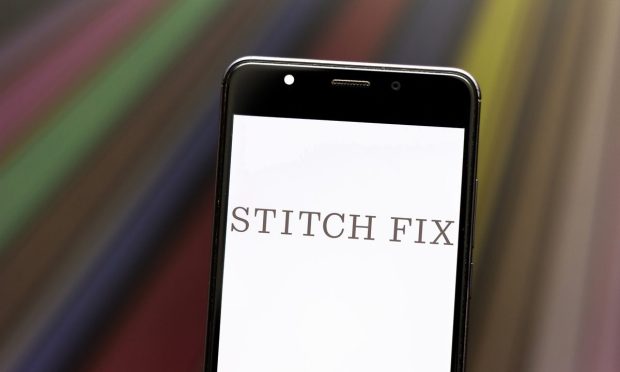Stitch Fix Relying on ‘New Ecosystem’ to Drive Consumer Spend

Online styling service Stitch Fix is rapidly expanding its offerings beyond its traditional “Fix,” wherein stylists choose products for clients without direct customer input, in an attempt to take a larger share of the apparel market and steady the company’s market volatility.
Freestyle, formerly known as Shop and Direct Buy, opened to all consumers last month after nearly a year of testing and being limited to those who had been customers for a certain amount of time.
“By opening up Freestyle, we are opening up so much potential on consumer expansion, use case of shopping occasions, category growth potential many categories that we’re very underpenetrated,” CEO Elizabeth Spaulding told analysts and investors on a conference call. “All of those present opportunities for, frankly, accelerated growth.”
Footwear, for example, proved more popular through Freestyle than through the company’s Fix styling product, which has led Stitch Fix to invest further in the category. The company is also looking add more dresses, outerwear, accessories and loungewear, which have also seen increased popularity through Freestyle.
“There are product categories that we’ll probably be intentional in thinking about how those are going to perform in each channel, but there actually is a benefit where we’re sharing the pool of inventory across,” Spaulding said.
Stitch Fix also recently rolled out Fix Preview, a feature that allows customers to see up to 10 items before their box ships, to all women’s and men’s clients across both the U.S. and U.K. markets, which Spaulding said has increased conversion and average order value as customers keep more items they’re sent.
“Overall, we know it’s impacting client happiness, which tends to impact ultimately things like retention and churn,” Spaulding said. “We’ve been really happy to see the continued gains, both on keep rate as well as on retention.”
To be sure, Stitch Fix has a long way to go in consumer awareness of its new features — Spaulding said awareness of Freestyle is high among Fix customers but low with general consumers, which is why a major focus of the coming months will be building brand awareness. Stitch Fix also plans to experiment with influencer and affiliate partnerships to broaden awareness of the offerings.
“People who have awareness of Stitch Fix have known us for a very specific offering, and we’ve now really opened the door to this whole new ecosystem, this ability to shop in a personalized way,” Spaulding said.
Stitch Fix executives are also likely hoping these moves can soften some of the volatility it has seen this year. After sailing to an all-time high of $113 in late January, the company’s shares had fallen to $38 by early May. Though the stock rebounded to nearly $70 in early June, the company last week closed at just $33, a level not seen since October.
Setting Up for the Future
In the fourth quarter, Stitch Fix had $571 million in net revenue, a 29% year-over-year increase, and nearly 4.2 million active clients, an increase of 643,000 or 18% compared to the same time in 2020. Net revenue per active client was $505, a 4% year-over-year increase and the first time it surpassed $500.
For the full fiscal year, ended July 31, Stitch Fix saw $2.1 billion in revenue, a nearly 23% increase, but had a net loss of $8.9 million.
This is the first quarterly report that Stitch Fix has made since founder Katrina Lake stepped down as CEO at the beginning of August. Lake remains executive chairperson of the company.
See more: Stitch Fix Founder Katrina Lake To Step Down Aug 1
Spaulding noted that Stitch Fix’s business is currently largely U.S. based and focused on tops and bottoms, representing over 75% of sales but only 30% of relevant apparel categories. Going forward, the CEO said the company will expand into a broader range of brands and price points, in addition to investing in new categories.
She added that there’s also still work to do to grow the Freestyle product, including new client-facing features that allow customers to preview outfits; curated search capabilities; and nudges from stylists to improve algorithmically generated recommendations.
“We absolutely think that what we’re doing today sets us up to achieve a very different scale because of the expansion of our platform,” Spaulding said.
